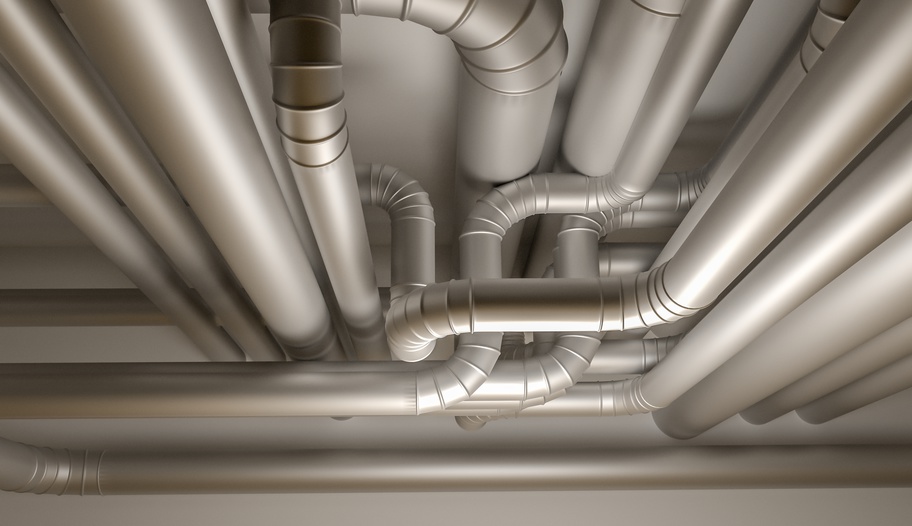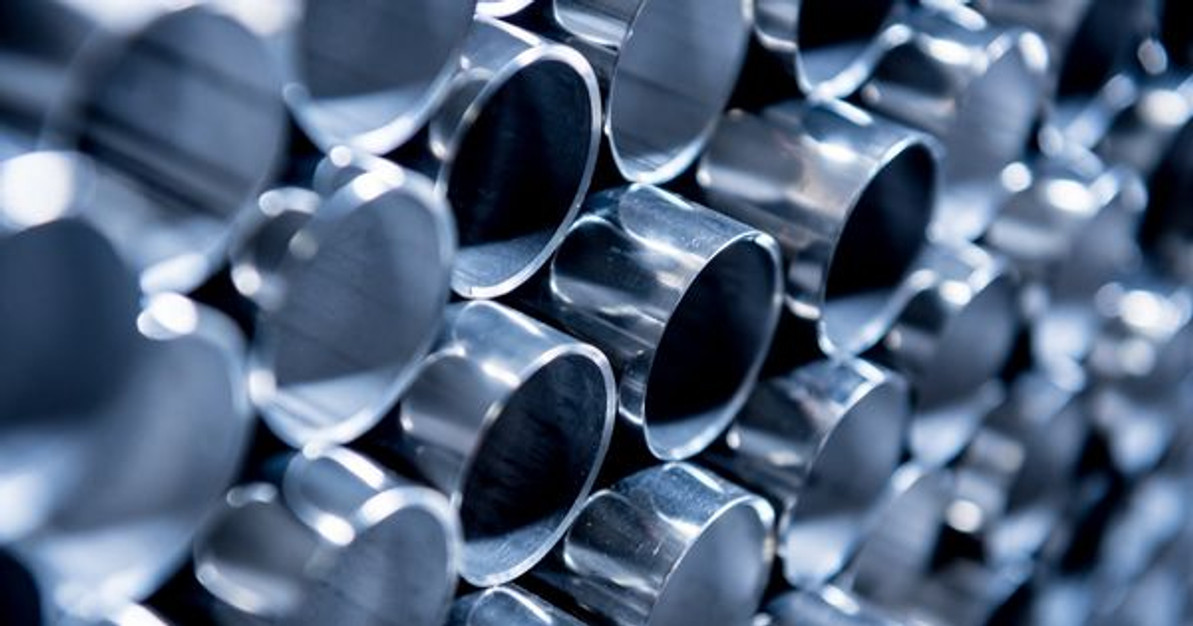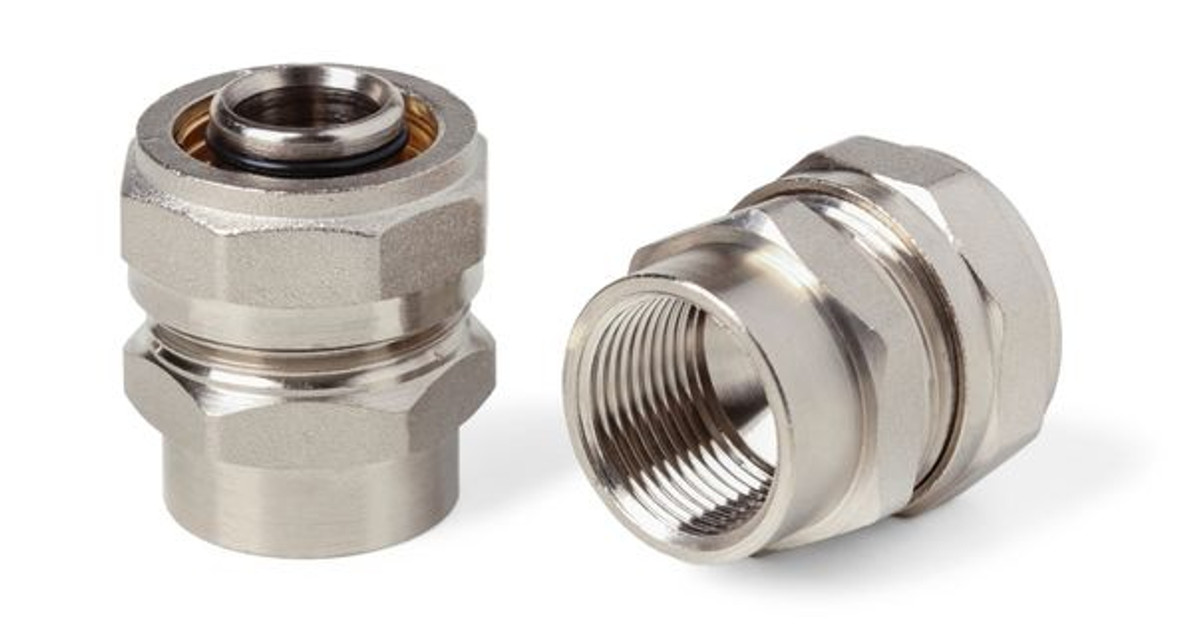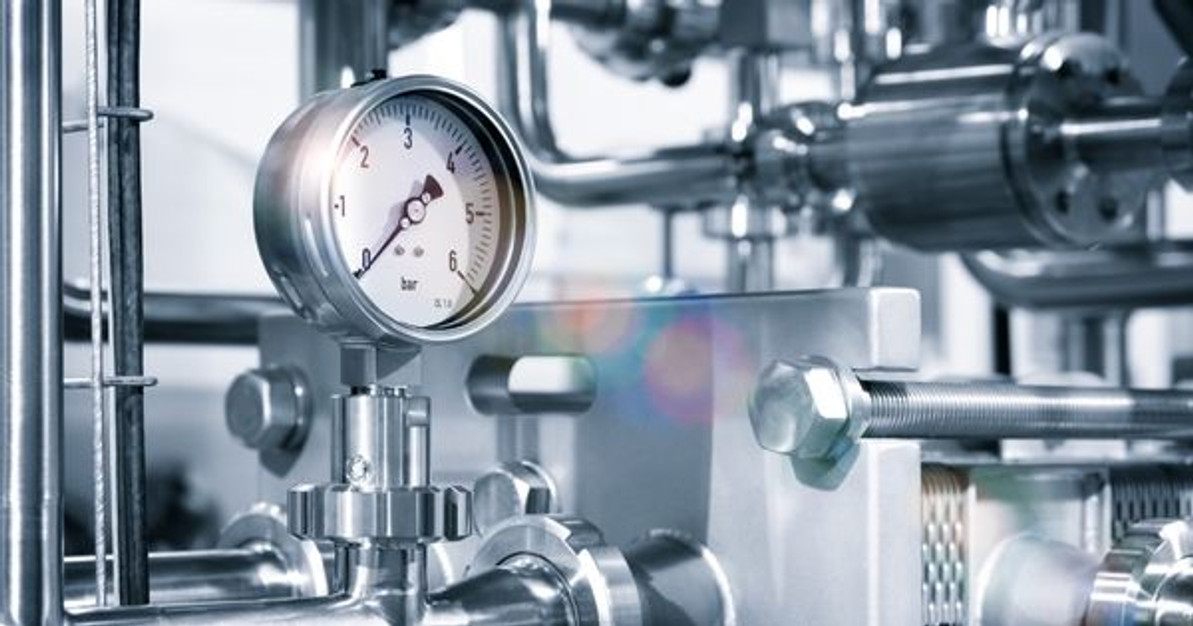 Jun 19th 2019
Jun 19th 2019Necessary Steps to a Properly Working Sanitary Clamp System

If you are experiencing trouble with sanitary clamps, this article may solve your problem. The majority of clamps are manufactured equal, but some definitely stand out. The primary role of a sanitary clamp is to keep systems clean, which make them vital in any manufacturing company. This function has also earned them the name hygienic clamps.
Majority of clamps are made from stainless steel which is available in more than 100 grades. The majority are available in five groups, namely; duplex, martensitic, austenitic, precipitation-hardening, and ferritic.
Making a reliable system connection is not routine. If you make a mistake, you could jeopardize the whole hygiene process. If a tiny drop escapes through an improper relationship, then bacteria and air could have entered, which may mean the entire batch may need to be scrapped.
Getting the right sanitary clamp is as vital as having your technician trained and retrained on how to use clamps correctly. This article gives you the three necessary steps to guarantee a well working system process.
Inspection
The first step is to look for any gasket residue that is preventing the tri-clamp ferrule from mating evenly. You should also check for surface imperfections. Although sanitary ball valves manufacturers take time to manufacture high-quality products, a scratch from a screwdriver could ruin the crevice-free surface.
Check for tiny tears and cracks from the gasket and check whether it has been dislocated. If the gasket is hard at the point of being brittle, there is a problem since electric gaskets should be firm but pliable. Regular inspections remain the first line of defense against contaminations and should be taken seriously.
Installation
Once the sanitary valves are inspected thoroughly, it is time to install the clamp. You might install the clam correctly and carefully to prevent compromising the clamp’s seal. You need to make sure the ferrules are aligned properly before you position the gasket between them. You must also make sure that the gap is proper and that the clamps are not used to pull any pipes.
Once you are sure that the gasket bead fit the ferrule faces properly, you should mate the faces together within the clamp groove and tighten the clamp. Tightening clamp squeeze the flanges, pushing the ferrules towards each other and ensures a proper seal and perfect connection ends with two aligned ferrules.
Check If The Installation is Done Correctly and If It’s Doing Its Job
To do this, you need to check that the sanitary valves and fittings are neither over or under tightened. Tightening it too much is not recommended because excessive pressure can cause the gasket to intrude into the pipe. Properly tightened gaskets have spaces between the jaws.
Too much space, however, will leave gaps between the gaskets and ferrules, which is detrimental to the whole process. The gaps may not cause drips, but they will create hard to clean areas that cannot be reached. This makes it vital to check if there is an over or under tightening in the sanitary clamp.
As a routine maintenance procedure, inspect the ferrules, gasket, sanitary clamp and piping regularly to make sure that everything is as it should be. Cleaning and changeover may change the condition, so regular maintenance is advised. The equipment may also travel due to vibration moving the sanitary pipe fittings out of alignment.
The best way to prevent contamination issues when installing a sanitary clamp is to inspect it. Make sure your technician is well trained, and they know what to look out for during an inspection, what to do during installation, and how to verify that everything is in perfect condition. Your technician should also know basic maintenance techniques to keep the system healthy and working at optimum conditions. Don’t risk contamination issues that could jeopardize the whole batch and push you into losses you could have prevented by using best techniques.
 Jun 19th 2019
Jun 19th 2019Recent Posts
-
Nov 7th 2022
What Is Food-Grade Stainless Steel Tubing?
Businesses that produce food and beverage products must operate hygienically. Sterile environments a …Nov 7th 2022
-
Oct 11th 2022
Why Sanitary Fittings Are Important for the Medical Industry
Sanitary fittings are useful for many industries. Food and beverage manufacturers have used these to …Oct 11th 2022
-
Sep 23rd 2022
What Is the Max Operating Temperature for Stainless Steel?
Stainless steel is valued in many industrial applications because it’s capable of withstanding high …Sep 23rd 2022



